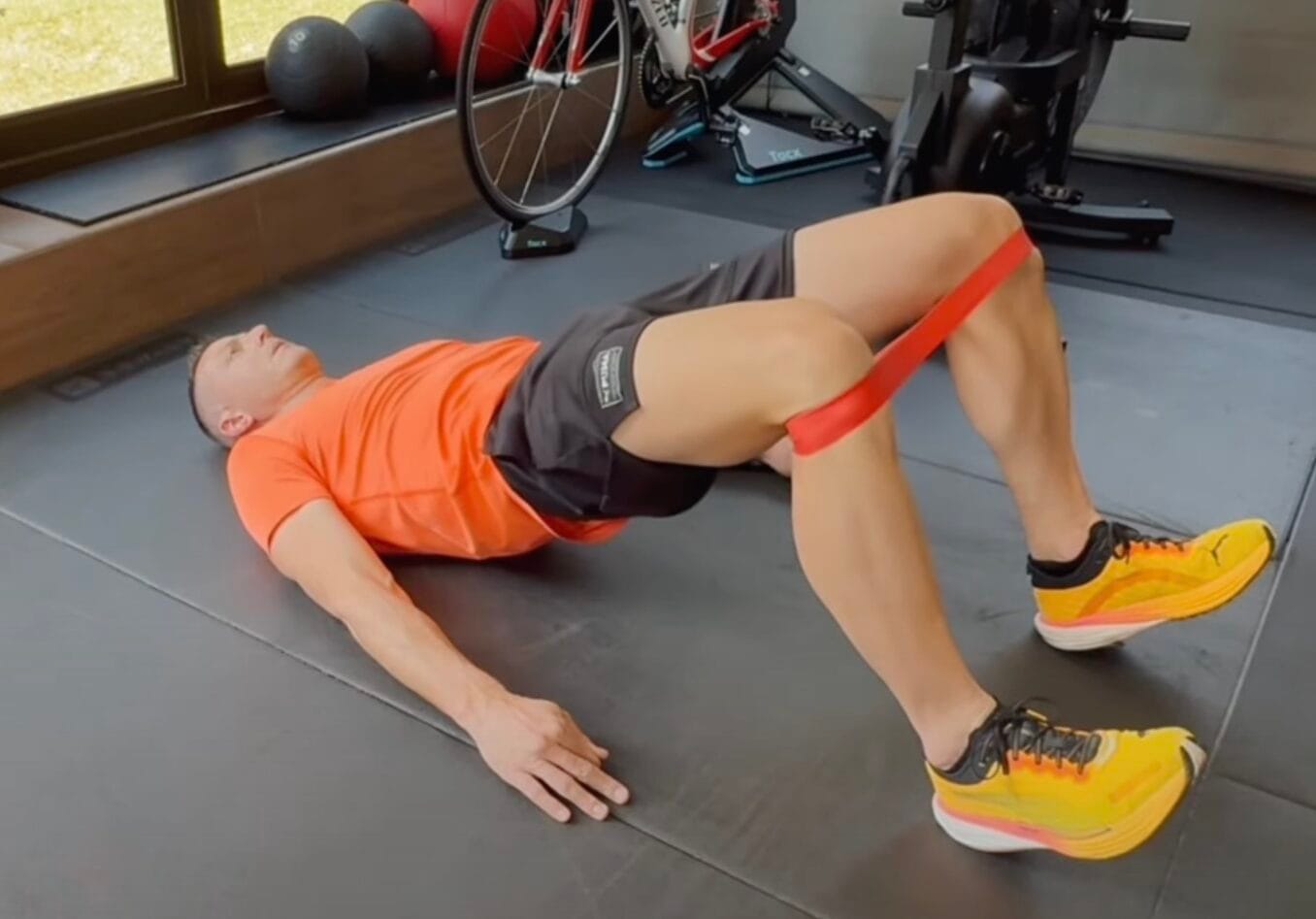How to Train Smarter for the Race
You’re halfway through your Hyrox. You’ve just finished a brutal sled push. Your legs feel like concrete, your lungs are on fire — and somehow, you still have to run 1 kilometre. This is the reality of Hyrox: it’s not just about running fast or lifting heavy. It’s about knowing how to fuel your body’s effort so you can run strong after every station.
The secret? Understanding — and training — your energy systems.
1. Why This Matters
If you’ve raced Hyrox, you’ve experienced it: the unique fatigue of combining strength stations with running. That feeling is your body’s three energy systems working together (and sometimes fighting each other) to keep you moving. When you understand them — and train each one — you give yourself the power to hold your pace and finish faster.
2. The Three Energy Systems in Hyrox
ATP-PC System — “The Explosive Engine”
Duration: 0–10 seconds of maximum effort
When you use it: The first push of the sled, an explosive leap onto a box, the opening drive on the Ski Erg.
Training focus: Maximal power output through heavy lifting, sled sprints, and plyometrics.
Why it matters: A strong ATP-PC system helps you start stations explosively and get back to running speed faster.
Glycolytic System — “The Middle Gear”
Duration: ~10 seconds to 2 minutes
When you use it: Wall balls, burpee broad jumps, long farmer’s carries, and the run segments immediately after a heavy station.
Training focus: Intervals, race-paced circuits, and sustained high-effort work to improve lactate tolerance.
Why it matters: This is the system that decides if you can keep running smoothly when your legs are burning.
Oxidative System — “The Endurance Engine”
Duration: 2+ minutes
When you use it: The steady 1 km run segments, active recovery between stations, and maintaining overall race pace.
Training focus: Zone 2 running, tempo runs, and long intervals just below race pace.
Why it matters: The oxidative system is your base — it fuels recovery between efforts and stops you from hitting the wall.
3. How They Work Together
Hyrox is like driving a car that’s constantly shifting gears:
- You launch with the explosive ATP-PC system.
- You hold power with the glycolytic system.
- You recover and sustain pace with the oxidative system.
The best athletes can move seamlessly between these systems, keeping speed high without crashing.
4. How to Train Them
Energy System: ATP-PC (Explosive)
Why it Matters: Faster, more powerful station starts and sprints.
Example Session: 5 x 20m sled drives, full recovery
Energy System: Glycolytic (Power Endurance)
Why It Matters: Push through “the burn” without slowing
Example Session: 4 × 90-sec circuits at high effort
Energy System: Oxidative (Endurance)
Why It Matters: Keep race pace steady and recover faster
Example Session: 45-min Zone 2 run or 5 × 1 km at race pace
5. Featured Workout: Build Your Glycolytic Engine
If there’s one system that makes or breaks your Hyrox run segments, it’s the glycolytic. It’s what helps you maintain speed when your legs are burning after a station.
The Circuit (3–4 rounds):
1. Dumbbell Bulgarian Split Squat with High Pull — 30s per leg
Builds single-leg strength for running and upper-body power for posture recovery.
2. Kettlebell Swing — 60s
Trains hip extension power and posterior chain endurance.
3. Row Erg Sprint — 60s
Full-body power at high heart rate, mimicking station-to-run fatigue.
Rest: 90 sec between rounds (progress to 60 sec over time)
Progression: Add load or reduce rest every 2–3 weeks.
6. Short Video Teaser Plan
Opening (0–4s): Athlete in split squat with high pull, text “Hyrox Running Isn’t Just Running…”
Middle (4–18s): Kettlebell swing → Row Erg sprint, text “Train the Burn” / “Build Power and Endurance”
Closing (18–25s): Athlete jogging, text “Full workout & guide inside”
Music: Driving, upbeat track with beat drops matching exercise cuts.
Conclusion
Hyrox isn’t just about being fit — it’s about knowing which system you’re working in, and training them all so they work together. When you can explode out of a station, settle into a smooth run, and recover on the move, that’s when you’ll start climbing the rankings.



